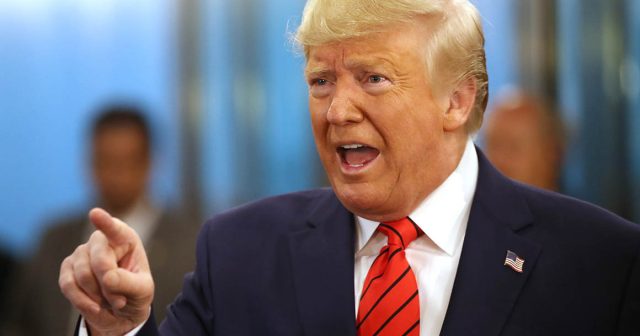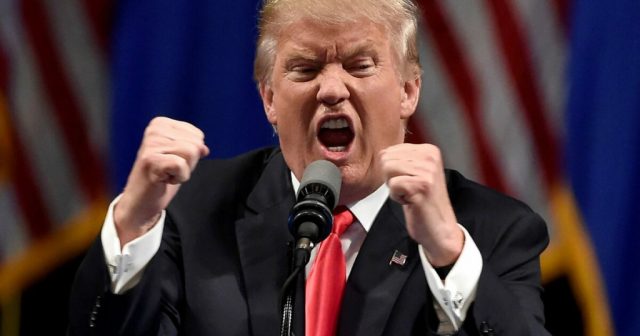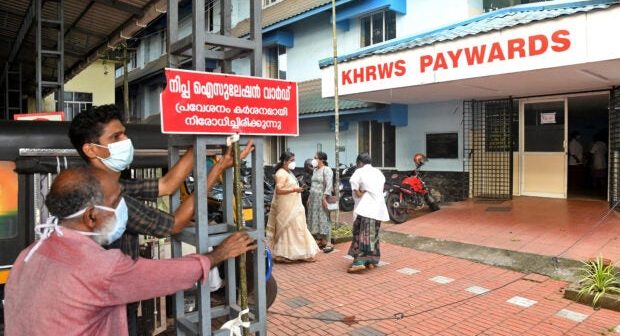IMEC Emerges as a Rival to China’s Belt and Road Initiative
The recently-concluded G20 Summit in Delhi has ushered in new opportunities for India’s global engagement, with the announcement of the India-Middle East-Europe Economic Corridor. The initiative seeks to establish vital connections between the continents of Asia and Europe, creating strategic commercial hubs, and promoting the advancement and export of clean energy. Additionally, IMEC aims to bolster existing trade and manufacturing partnerships, fortify food security, and enhance supply chains.This project will play a pivotal role in interlinking energy grids and telecommunication networks, leveraging undersea cables to expand access to essential utilities such as electricity and the Internet.
This ambitious project involves eight countries: India, the UAE, Saudi Arabia, the US, France, Germany, Italy, and the European Union, with Israel and Jordan also set to benefit. The corridor, spanning 6,000 kilometers and incorporating a 3,500-kilometer sea route, is poised to serve as a viable alternative to China’s Belt and Road Initiative (BRI). Once completed, it is expected to reduce transportation time from India to Europe by approximately 40 percent. Notably, this marks a significant shift in India-US collaboration, moving beyond their previous Indo-Pacific focus to forge a partnership in the Middle East.
According to some analysts, the newly unveiled India-Middle East-Europe Economic Corridor (IMEC) is poised to present a direct challenge to China’s ambitious Belt and Road Initiative (BRI). Launched by Beijing a decade ago, the BRI is a multi-trillion-dollar infrastructure project designed to forge connectivity between China and the global community. President Biden previously characterized China’s Belt and Road Initiative as essentially a “debt and noose agreement.”




